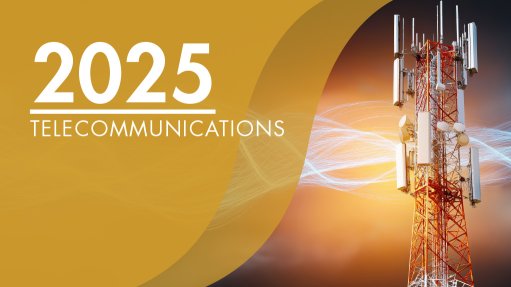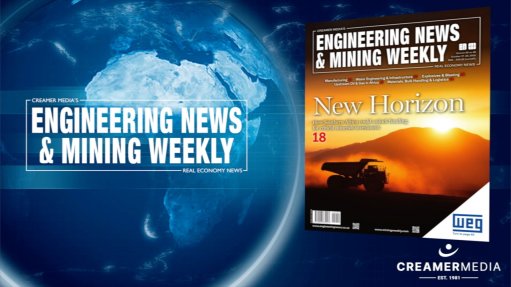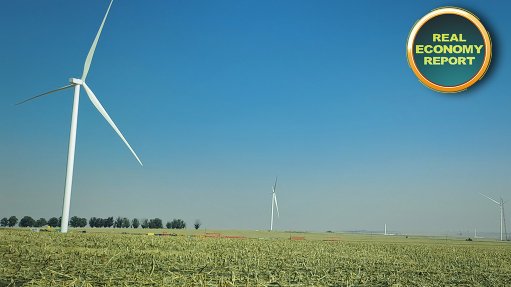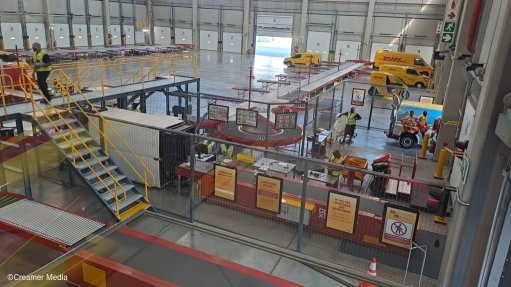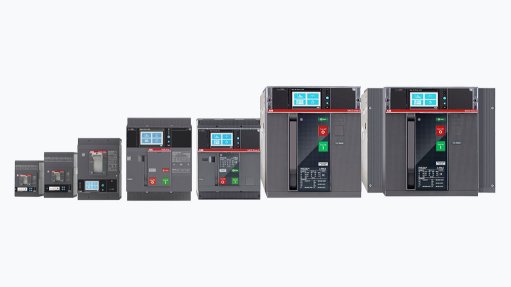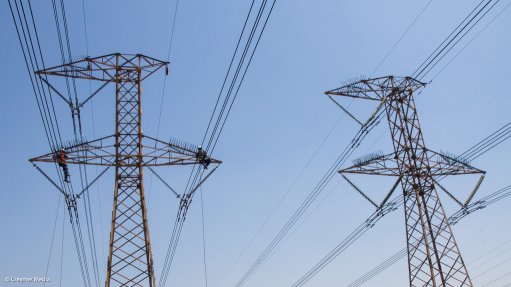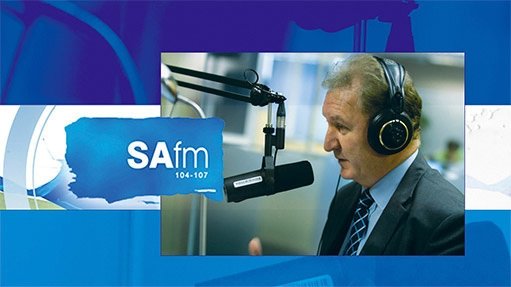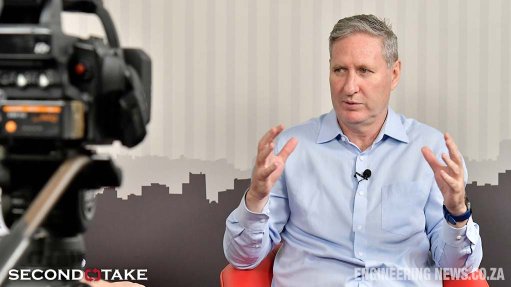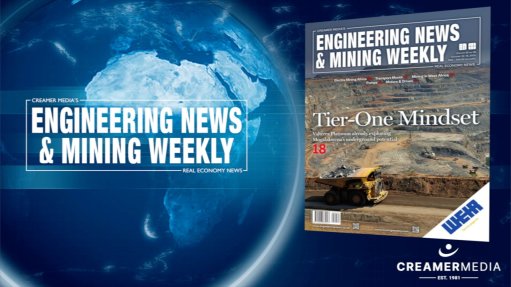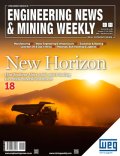How Southern Africa could unlock funding for critical minerals investment

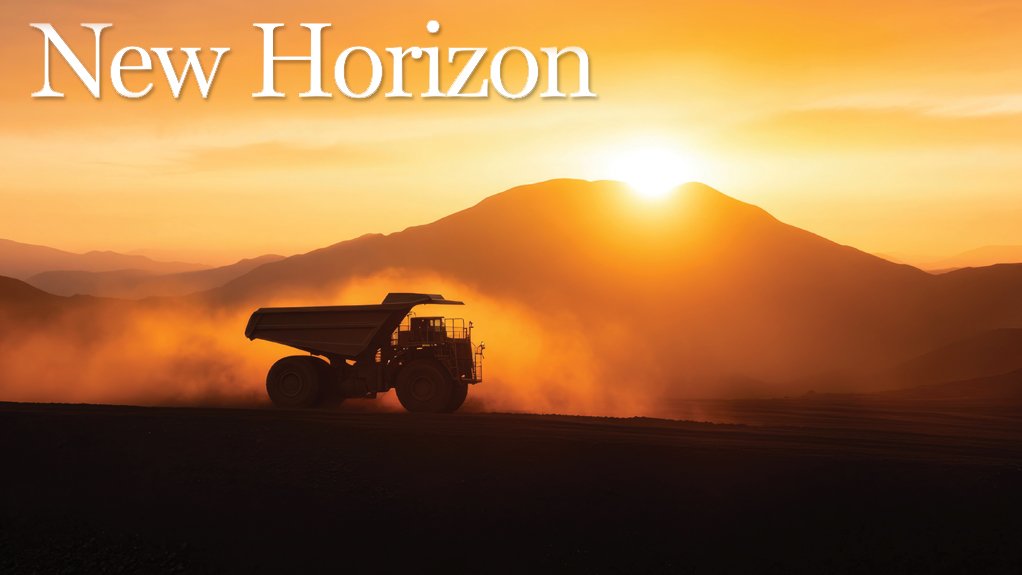

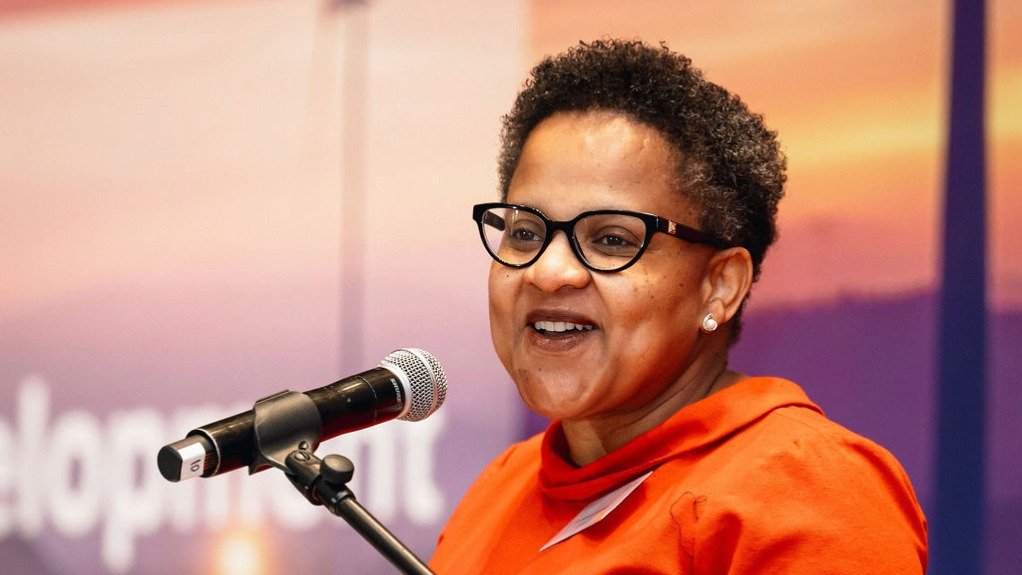
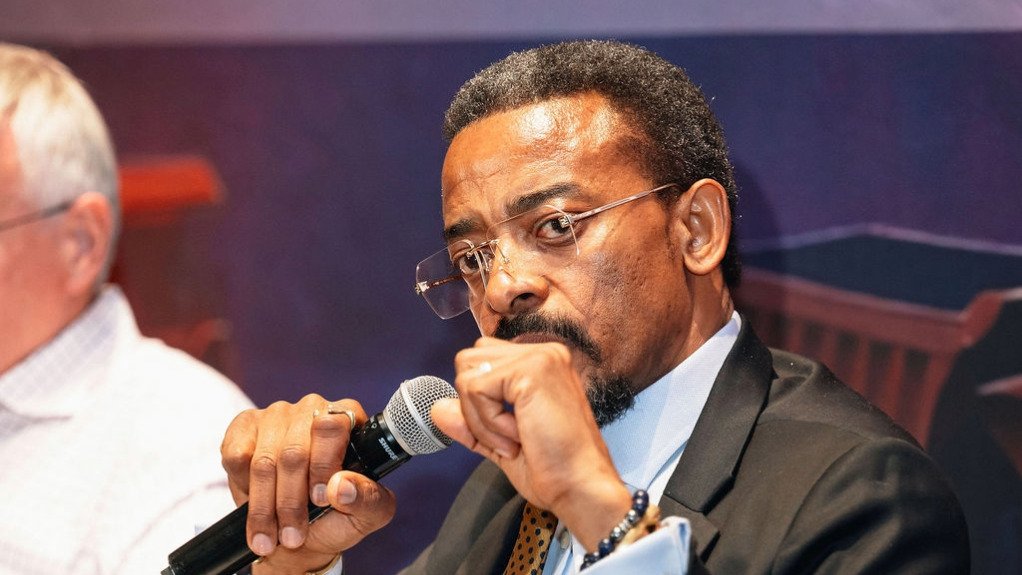
DEVELOPMENT MINDSET While innovative financing tools can help unlock funding for critical minerals, these investments should also promote broader and better living conditions
DBSA CEO Boitumelo Mosako
Minerals Council South Africa CEO Mzila Mthenjane
As the world transitions to cleaner energy, Southern Africa’s abundant critical mineral resources, which could be key ingredients for many low-carbon technologies, have come into sharper focus.
According to the ‘Financing Southern Africa’s Clean Power and Critical Minerals’ report – released by the World Economic Forum (WEF) in collaboration with the Development Bank of Southern Africa (DBSA), with McKinsey & Company as knowledge partner, and under the WEF’s Securing Minerals for the Energy Transition (SMET) initiative – Southern Africa holds about 30% of the world’s critical-mineral resources.
The report focuses on critical minerals – such as copper, cobalt, lithium, graphite, manganese, chromium, vanadium and platinum- group metals – in Southern Africa and analyses their value chains across the Southern African countries of Angola, Botswana, the Democratic Republic of Congo (DRC), Madagascar, Mozambique, Namibia, South Africa, Tanzania, Zambia and Zimbabwe.
“As we confront the major transitions of our time that include climate-change- induced challenges, cyclical economic headwinds and technological disruption, Africa must be an active participant in shaping its own development path,” DBSA CEO Boitumelo Mosako writes in the report.
The document argues that the critical mineral reserves in Southern African countries can be leveraged to support the region’s economic and social development.
Despite this potential, it notes, Africa’s exploration spending in 2024 was only $1.3-billion – 10.4% of total global spending – with Southern Africa’s share even smaller. Compared with global peers, Southern African countries have higher reserves-to-production ratios for most minerals, except lithium, suggesting greater untapped extraction potential, the report adds.
“Southern Africa holds vast reserves of critical minerals, yet current investment levels fall short of the region’s potential. Unlocking this potential is essential not only for advancing inclusive growth across the region but also for strengthening the resilience of global supply chains critical to the energy transition,” Jörgen Sandström, head of the WEF’s Transforming Industrial Ecosystem programme, argues in the report.
At the report’s launch, panellists participating in a dialogue on financing critical minerals discussed how, despite rising global demand, exploration in Africa has declined – hampered by price volatility, weak returns and underfunded discoveries.
The African mining sector has potential to attract the investment required to develop mines which could in turn drive economic growth and stimulate downstream industries, Minerals Council South Africa CEO Mzila Mthenjane argued.
He noted the decline in exploration across Africa, with South Africa accounting for only about 1% of total global exploration.
To reverse this trend, Mthenjane said South Africa must digitise its geological data and make it accessible globally, and also make the application process for exploration rights quick and transparent. He also emphasised the importance of policy certainty.
South Africa Energy and Electricity Minister Dr Kgosientsho Ramakgopa similarly argued that the need for critical minerals for clean energy technologies provided an opportunity for the resurgence of mining in the country as a “sunrise industry”. However, he hastened to add that the extraction of critical minerals required appropriate funding.
“We need to be deliberate in our policy, and we need to be intentional in our actions . . . as host to capital in South Africa; I think that’s how we’ll be able to increase the investment that we need,” said Mthenjane.
Attracting Capital
Drawing on consultations with local and international experts led by the Securing Minerals for the Energy Transition (SMET) initiative, the report identifies eight core financing barriers affecting Southern Africa: policy uncertainty, investment risks, energy access constraints, transportation barriers, lagging innovation, the slow pace of industrialisation, skill gaps and demand volatility.
“We must derisk ourselves to attract the right kind of capital,” African Union Development Agency – New Partnership for Africa’s Development, or AUDA-NEPAD, CEO Nardos Bekele-Thomas argued.
While the report acknowledges that unlocking investment is crucial for the global transition, it also notes the benefits for Southern African countries, such as job creation, infrastructure development and revenue retention.
To achieve these outcomes, it argues for the use of innovative financing tools, such as derisking structures, guarantees and blended finance, to help unlock funding for critical minerals, noting that these investments should also promote broader development and better living conditions.
In response to financing barriers, the report highlights replicable and scalable solutions, supported by case studies from the region.
These include the Lobito Corridor – a new railway-focused initiative to facilitate export access for the DRC and Zambia by linking their mineral-rich regions to Angola’s Port of Lobito. Supported by the EU, the US, Angola and the DBSA, besides others, the project includes upgrades to existing rail lines and a planned 800 km extension to ease bottlenecks and foster regional trade and investment.
The report also highlights mining policy reforms in Zambia, whose yearly copper production of 700 000 t equates to about 3% of global output. The WEF notes that the new reforms, including new mining legislation, are boosting investor confidence and promoting greater local participation. Copper production is expected to reach one-million tonnes by 2026, with a national target of three-million tonnes by 2031.
The report also highlights the importance of public–private partnerships, stakeholder engagement and community participation, the development of industrial clusters and the promotion of local beneficiation.
The importance of collaboration was echoed by Sandström during the launch, where he emphasised the need for public–private, private-private and public-public partnerships to help scale clean energy and critical minerals development.
“Cross-border collaboration is really essential in this space,” he said.
Derisking Investment
Mandela Mining Precinct executive director Julie Courtnage argued that derisking investment in critical minerals mining requires investment in research to remain “future facing” and to better manage emerging risks.
She also highlighted the importance of establishing partnerships, and investing in governance structures and processes to protect investments and ensure that critical minerals are mined responsibly.
“Return on investment is not only about your capital invested and the interest and the returns; it’s whether what you’re investing in is going to create more liabilities than returns. So, put that longer-term lens on and have a more systemic view of your investments as you are pursuing critical minerals.”
Courtnage also emphasised the importance of investing in “Africa-relevant” technologies.
“We’ve seen so many times, and we see it in South Africa, where there is off-the-shelf technology applied under the wrong circumstances that then either fails to deliver the productivity expectations or, even worse, is unsafe, and so we cannot necessarily simply import a technology. It has to be relevant to the sector under the conditions.”
She argued that derisking future investment in critical minerals required investment to ensure data literacy, as well as in information-flow mechanisms, adding that derisking investment also required investing in circularity programmes and mechanisms.
Bekele-Thomas discussed the importance of integrated value chain financing, noting that financing should be structured in a way that builds sovereign and resilient economies.
Capital inflows into the region, she said, should not only result in the extraction of resources but also create lasting wealth, local ownership and productive capabilities for the people.
“If you want to finance a mine, your proposal must include financing for the local processing plant, [and] the business case for a solar plant should be linked to powering a local industry, not just feeding the grid.
“We must use project finance as a tool to build our industrial base. This is the foundation for resilience, beyond extraction and even beyond beneficiation. The true wealth of critical mineral[s] lies in . . . the transport corridors, the power grids, the supply chains, the water systems, the [small-, medium-sized and microenterprises] and the knowledge economies they unlock,” she added.
Similarly, Mosako warned that, while Africa had the required minerals in abundance to drive clean energy technologies, if extraction continued to be characterised by the export of raw materials, limited local beneficiation and limited community impacts, the continent risked, once again, missing the opportunity to convert its mineral wealth into structural socioeconomic transformation.
“Our mission has always extended beyond infrastructure financing – it is about enabling inclusive growth, alleviating poverty and deepening development impact across the continent,” she said.
Article Enquiry
Email Article
Save Article
To advertise email advertising@creamermedia.co.za or click here
Comments
Press Office
Announcements
What's On
Subscribe to improve your user experience...
Option 1 (equivalent of R125 a month):
Receive a weekly copy of Creamer Media's Engineering News & Mining Weekly magazine
(print copy for those in South Africa and e-magazine for those outside of South Africa)
Receive daily email newsletters
Access to full search results
Access archive of magazine back copies
Access to Projects in Progress
Access to ONE Research Report of your choice in PDF format
Option 2 (equivalent of R375 a month):
All benefits from Option 1
PLUS
Access to Creamer Media's Research Channel Africa for ALL Research Reports, in PDF format, on various industrial and mining sectors
including Electricity; Water; Energy Transition; Hydrogen; Roads, Rail and Ports; Coal; Gold; Platinum; Battery Metals; etc.
Already a subscriber?
Forgotten your password?
Receive weekly copy of Creamer Media's Engineering News & Mining Weekly magazine (print copy for those in South Africa and e-magazine for those outside of South Africa)
➕
Recieve daily email newsletters
➕
Access to full search results
➕
Access archive of magazine back copies
➕
Access to Projects in Progress
➕
Access to ONE Research Report of your choice in PDF format
RESEARCH CHANNEL AFRICA
R4500 (equivalent of R375 a month)
SUBSCRIBEAll benefits from Option 1
➕
Access to Creamer Media's Research Channel Africa for ALL Research Reports on various industrial and mining sectors, in PDF format, including on:
Electricity
➕
Water
➕
Energy Transition
➕
Hydrogen
➕
Roads, Rail and Ports
➕
Coal
➕
Gold
➕
Platinum
➕
Battery Metals
➕
etc.
Receive all benefits from Option 1 or Option 2 delivered to numerous people at your company
➕
Multiple User names and Passwords for simultaneous log-ins
➕
Intranet integration access to all in your organisation









